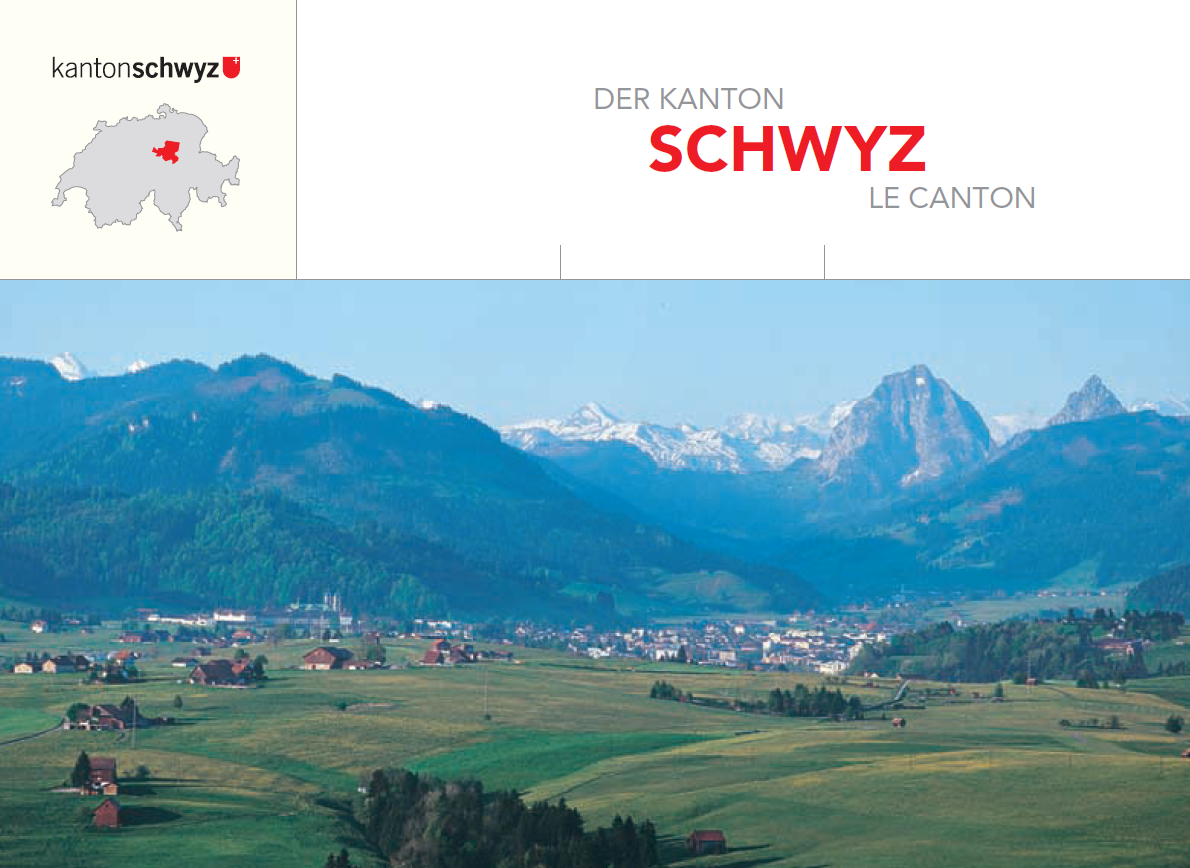Landscape concept Canton of Schwyz
A new landscape typology to secure landscape quality
In order to ensure the quality of landscapes both in urban and rural areas and to develop them in accordance with corresponding goals, a comprehensive description of the existing landscape types is necessary. This serves as a basis for the definition of development goals, the elimination of areas that are particularly worth protecting, and the observation of the long-term development of the landscape.

With the ratification of the European Landscape Convention, Switzerland has committed itself to recording and evaluating landscape quality. The external page Swiss Foundation for Landscape Conservation has compiled a catalog of characteristic cultural landscapes, which differentiates between over 30 different landscapes and is roughly divided into the following so-called textures: forest texture, agricultural texture, water texture, settlement texture, infrastructure texture and patrimony texture. The latter describes culturally and historically influenced landscapes. The catalog of characteristic cultural landscapes served as the basis of the landscape concept developed by the Foundation for Landscape Conservation for the Canton of Schwyz. These results will be incorporated in the cantonal structure plan as part of the next revision of the plan and serve as the basis for the official enforcement of landscape protection in the BLN areas and for statements on cantonal landscape protection areas.
The landscape concept was created in an iterative, participatory process. When creating the map, a representation was chosen that takes into account the flowing transitions and fuzzy boundaries. The Chair of Landscape and Urban Systems (PLUS) supported the project by preparing and analyzing spatial data on settlement development and the spatial quantification of ecosystem services. In addition to landscape qualities, these quantitative analyzes serve as a basis for determining areas worthy of special protection in addition to the BLN areas. In addition, machine learning algorithms were used to detect spatial patterns and to compare them with the expert-based survey. The combination of qualitative and quantitative information broadens the landscape concept and thus strengthens its informative value.
Team
Prof. Dr. Adrienne Grêt-Regamey
Nadine Biver
Bettina Weibel
external page Stiftung Landschaftsschutz
Funding
Kanton Schwyz, Amt für Natur, Jagd und Fischerei, Abteilung Natur- und Landschaftsschutz
Duration
June 2018 – September 2019